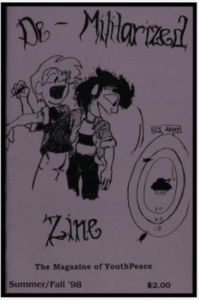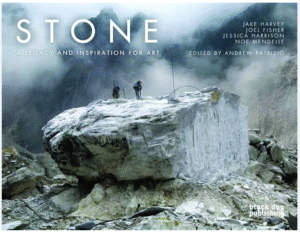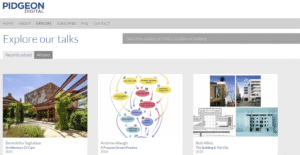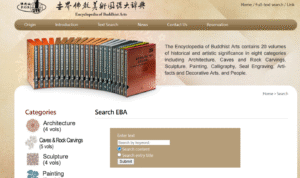Asemic writing, an intriguing form of expression devoid of specific semantic content, offers a universal language that transcends linguistic barriers. Emerging in the late 20th century, it has captivated artists seeking to explore the boundaries between text and visual art. Asemic writing’s abstract, calligraphic strokes evoke the appearance of writing without conveying explicit meaning, inviting viewers to engage with the work in a purely intuitive and emotional manner. Artists like Tim Gaze and Mirtha Dermisache have pioneered this genre, using its open-ended nature to provoke imagination and personal interpretation. This form challenges the traditional purposes of writing, emphasizing aesthetic experience over literal comprehension.
In contrast, pansemic writing encompasses the notion of universal meaning, striving to convey concepts that resonate across languages and cultures. This approach often employs symbols and signs understood globally, emphasizing shared human experiences. Artists utilizing pansemic writing aim to create connections through universally recognizable elements, bridging gaps that language may otherwise leave. Both asemic and pansemic writings disrupt conventional communication, encouraging a fresh dialogue about how we perceive and interpret written forms. As these art forms continue to evolve, they underscore the rich potential for writing to engage on a visual and emotive level, transcending the confines of traditional reading and inviting a more inclusive, imaginative interaction.


Books in this display, from our lending collection:
Reading Mirtha Dermisache, Regine Ehleiter, Textem Verlag, 2025:
Beginning in the late 1960s, the Argentinian conceptual artist Mirtha Dermisache (1940–2012) produced publications that consist of asemic writing: marks that resemble language but lack semantic content. Her artist’s books, letters and postcards challenge habitual responses to both art and literature, leading us to re-evaluate how language works, how we perceive it, and how it might be distinguished from drawing.
Mirtha Dermisache: Selected Writings, Ugly Duckling Presse, 2017
Mirtha Dermisache wrote dozens of books, hundreds of letters and postcards, and countless texts. Not a single one was legible, yet, in their promixity to language, they all resonate with a mysterious potential for meaning. Using ink on paper, Dermisache invented an array of graphic languages, each with their own unique lexical and syntactic structure.
Fluency: A Collection of Asemic Writing, Karla Van Vliet, Shanti Arts Publishing, 2021
In Fluency, we see a union of Karla Van Vliet’s lifelong practices of art and poetry, each dissolving into the other and resurfacing as asemic writing. In her words: “There are times when I do not have words. Yet I have the need and desire to write. It is to asemic writing that I turn in these moments. To the gesture of writing… In the branching tree limbs, in the waves, in my hand’s scratching across paper, we each read the feeling that rises in us.”
Asemic: The Art of Writing, Peter Schwenger, University of Minnesota, 2019
Codex Seraphinianus, Luigi Serafini, Rizzoli, 2013
An illustrated encyclopedia of an imaginary world, created by Luigi Serafini, and first published in 1981, using an invented asemic language to convey the way children look at books before they can understand the printed word.
Mountains and Triangles, Michael Dean, Forma Arts and Media, 2006
In this bookwork, Michael Dean uses the barest language and starkly minimal typography to create an almost physical linguistic space that becomes charged with an unexpected emotional impact.
The last vispo anthology: visual poetry 1988-2008, Crag Hill & Nico Vassilakis, Fantagraphics, 2012
Spotlights the intersection of art and language gathering the work of visual poets from around the world.
After words: visual and experimental poetry in little magazines and small presses, 1960-2025, Steven Clay and MC Kinniburgh, Granary Books, 2025
Artists’ Books:
Asemic sibyls, Marco Giovenale, C’est mon Dada series, number 80, Redfoxpress, 2013
Now leaves, Michael Dean, Bookworks, 2015
Little black book, Jenny Smith, Edinburgh, 2009
Untitled, Jenny Smith, Edinburgh, 2011
The display opens on 1st December 2025 and continues to 11th January 2026 at ECA Library, Evolution House.









